Although I am not a business owner and have not branded my own company, I have been an employee of companies that have done major rebrands.
Most recently, Nickelodeon, where I work full-time in marketing, implemented a rebranding strategy in 2023 for the first time in 14 years.
We brought back the “Splat.” a form inspired by Nickelodeon’s iconic green slime, as a tactic to appeal to both children and their nostalgic parents, themselves former ’90s Nick Kids. This was part of an effort to position Nickelodeon as a brand that brings families across generations together to have a good time.
In my opinion, this is an example of a company rebranding correctly and out of necessity. In a highly competitive entertainment landscape fighting for kids’ attention, Nickelodeon knew we couldn’t do more of the same.
Sometimes (but not always!) one of the best ways to move forward is to lean on past successes and adapt.
It’s not easy to know when is the right time to invest in a rebrand and how to successfully implement that rebrand. That’s why I prepared this post to help with the process, as well as examples of other brands that have successfully rebranded their website, name, logo, mission and purpose.
Table of contents
What is rebranding?
Rebranding is when your company rethinks its marketing strategy with a new name, logo or design, with the intention of developing a new, differentiated identity in the minds of customers and other stakeholders.
Understanding what rebranding is is only part of the battle. Now you need to make sure you have that Right Reasons for rebranding.
The right (and wrong) reasons to rebrand
Rebranding is complicated and involves great risks.
Even big brands aren’t immune – just take a look Xin what is considered one of the biggest rebranding failures in recent times. Elon Musk renamed Twitter to X in 2023, rebranding and redesigning the entire brand.
As a result, 78% of US iOS users gave the app 1-star reviews, compared to 50% two weeks earlier. Most of the negative reviews mentioned not liking the new name and logo.
While it will take time to see the true long-term impact of this rebrand, it is clear that abrupt, random changes to brands with generally positive sentiment and long-standing reputations can be incredibly damaging.
That’s why knowing the risks of rebranding can help determine whether or not you’re choosing to rebrand for the right reasons.
If sales have been slow or brand awareness efforts don’t seem to be paying off, rebranding may not be the best immediate move.
These issues may be able to be resolved with a new content marketing strategy or through market research to identify the underlying cause.
However, if you are thinking about rebranding because your company’s vision, mission, values and market are no longer reflected in your brand, then rebranding could be the right decision.
There are a few other important reasons why you might consider rebranding. I will demonstrate these reasons using my fictional indoor cycling company, Psyched 2 Cyc.
4 Right reasons for rebranding
New locations
Psyched 2 Cyc started as a single, local studio in New York City, so I chose a fun name that probably only works in English.
After growing throughout NYC and across the country, my company is now looking to expand into non-English speaking, international markets that may not identify with the company name. This might be a good time to consider a complete rebrand.
Repositioning the market
The name Psyched 2 Cyc was chosen with the hearts of young fitness enthusiasts in mind – hence the abbreviated word “Cyc” and the use of “2” instead of “to”.
But I would now like to target older consumers who want to improve their fitness with a low-impact workout like indoor cycling.
Therefore, I may need to refresh my brand name (or rewrite it entirely to “Psyched to Cycle”) to better resonate with people of all ages.
New philosophy
I started my business primarily as an indoor cycling studio. Our mission, vision and values therefore all encompass the idea of fitness, health and well-being through the use of an indoor bike.
If I want to expand my business into another modality like strength training, yoga, or running, it makes sense to reevaluate my brand. This allows me to build new MVVs that fit the growing business offerings.
Mergers and Acquisitions
To grow my business, audience, and offerings, I partnered with a strength training studio, Sweat Power.
Combining our two brands means either we agree to take on the branding of one of the studios, or we need to work together to create a new name, logo and positioning that best reflects our new brand.
Additionally, here are some reasons not rename.
4 wrong reasons to rebrand
boredom
It’s been more than two decades and I no longer feel inspired by the logo and slogan I chose back when I first launched Psyched 2 Cyc. I’m looking for a change that will refresh my business and give it a more upscale look.
However, my customers (who see my branding much less often) may love or quickly recognize the distinctive color and logo that I have come to loathe. I should think about how a sudden change in my branding might confuse or disappoint consumers.
Covering up a crisis
One of my company’s executives recently received bad press that negatively impacted Psyched 2 Cyc. I really want a major rebranding change to help us overcome this period of negativity.
However, most consumers and employees are smart enough to see through my rebranding and recognize it for what it is – a cover-up. It’s best to deal with bad press with respect, authenticity, and actionable change.
Impact and ego
I recently hired some new executives who are excited about a rebrand because they feel called to refresh the Psyched 2 Cyc brand. They want to refresh our mission statement and values.
However, the type of institutional change they want to implement does not justify rebranding. It’s more about them making a name for themselves and bringing about radical change.
Looking for attention
Classes were half full at best, and several teachers recently quit. I’m tempted to rebrand to breathe life back into the brand and encourage new teachers to want to teach at Psyched 2 Cyc.
At best, this can create short-term buzz without a sales and marketing strategy to sustain it. In a worst-case scenario, I could lose brand awareness and further impact sales and marketing efforts.
If you’ve decided that rebranding is still the right choice for you, read on to learn how to develop a rebranding strategy.
Rebranding strategy
To successfully implement a rebranding strategy, you must first determine whether the brand needs a partial or complete rebrand. Next, re-establish the brand’s target market using research to find out which audience you want to target with a rebrand. Finally, redefine the vision, mission, and values and use these new definitions to guide the entire rebranding strategy.
Rebranding efforts may include:
1. Creating a new logo.
One of the main strategies of rebranding is Creating a new logo. A new logo is a clear sign to consumers that your brand’s identity is different. A new logo can include new colors, modern typography, or a new symbol that better represents your brand.
professional TIP: Use your brand’s vision, mission and values as inspiration for your new aesthetic. For example, Pepsi was renamed in 2023 for the first time in 14 years on the 125th anniversary.
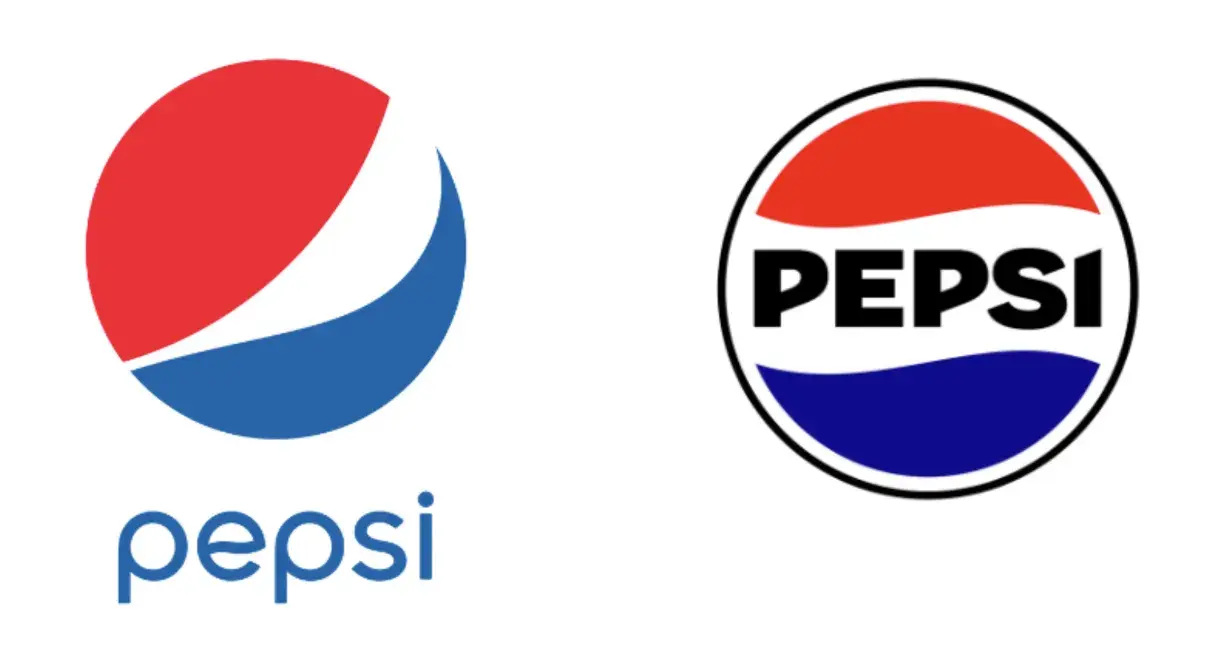
The logo still uses the essence of the previous logo, which helps with retention consistency and brand awareness among loyal customers. However, the new logo incorporates bolder colors and a vintage look that ties in with the company’s long tradition.
I also appreciate that the logo is now more compact, making it easier to place on products and ads. Finally, Pepsi made its brand name much more readable in the new logo, using all caps and bold black font, as opposed to the blue, wavy lowercase previous version.
2. Change in brand position.
Unfortunately, rebranding isn’t as easy as hiring an agency to redesign your logo. It’s important to change your brand’s positioning.
The products, services or content marketed must convey a specific message, be it a mission, values or a vision.
This is the best way to differentiate your brand from the competition and attract consumers who share these beliefs.
Pro tip: Chances are, you need to reestablish a unique selling point and take stock of what makes your brand stand out from the crowd. This will help you better engage with your target audience and understand your position in the market.
In 2015, Gucci changed its brand positioning to appeal to younger generations. To that end, they went from elegant and provocative to whimsical and contemporary. They also focused more on communication that would resonate on Instagram and took a progressive stance on gender fluidity.

These changes significantly increased sales among Millennial and Gen Z consumers, who were more aligned with Gucci’s mission, values and vision.
3. Create new ads.
Once the logo and message are locked down, it’s time to create new ads and content with that message in mind.
These ads should communicate your brand’s changes and what they mean to customers. This can help attract a new target group and reach a larger audience.
Pro tip: New logos and messaging will only be successful if you can invest in marketing to show the world these rebranding changes. For example, Eurostar was renamed in 2023 after merging with Thalys, a Franco-Belgian high-speed train operator The goal is to reach 30 million passengers by 2030.
After updating the visuals, the brand, now Eurostar Group, created an advertising campaign around the slogan “Together We Go Further”, which included a promo, out-of-home and digital.
The campaign highlighted the brand’s key characteristics – European, inclusive, unique and sustainable – underscoring the excitement of discovering a vibrant world of travel through Europe.

The overall rebranding strategy resulted in Route growth in 2023 on key routes such as Paris to London and Paris to Amsterdam as well Increase online sales, website conversions and mobile app downloads.
4. Change your brand voice.
The final step of a solid rebranding strategy is changing the brand’s voice.
Write all of your marketing content from this perspective. Your voice can sound formal, casual, funny, or any other tone that best reflects your brand. Change your brand voice accordingly and announce your rebrand in this new tone.
Pro tip: Think of your brand as a person. When they enter a party, do they joke about the life of the party or are they professional and matter-of-fact? Use your brand personality to shape that brand voice.
Duolingo started as a traditional language learning app and has since evolved into a silly, humorously aggressive brand. Users began creating memes in 2019 about the evil owl mascot Duo calling them names for practice.
The brand leaned into this personality and adapted its brand voice to this new personality.
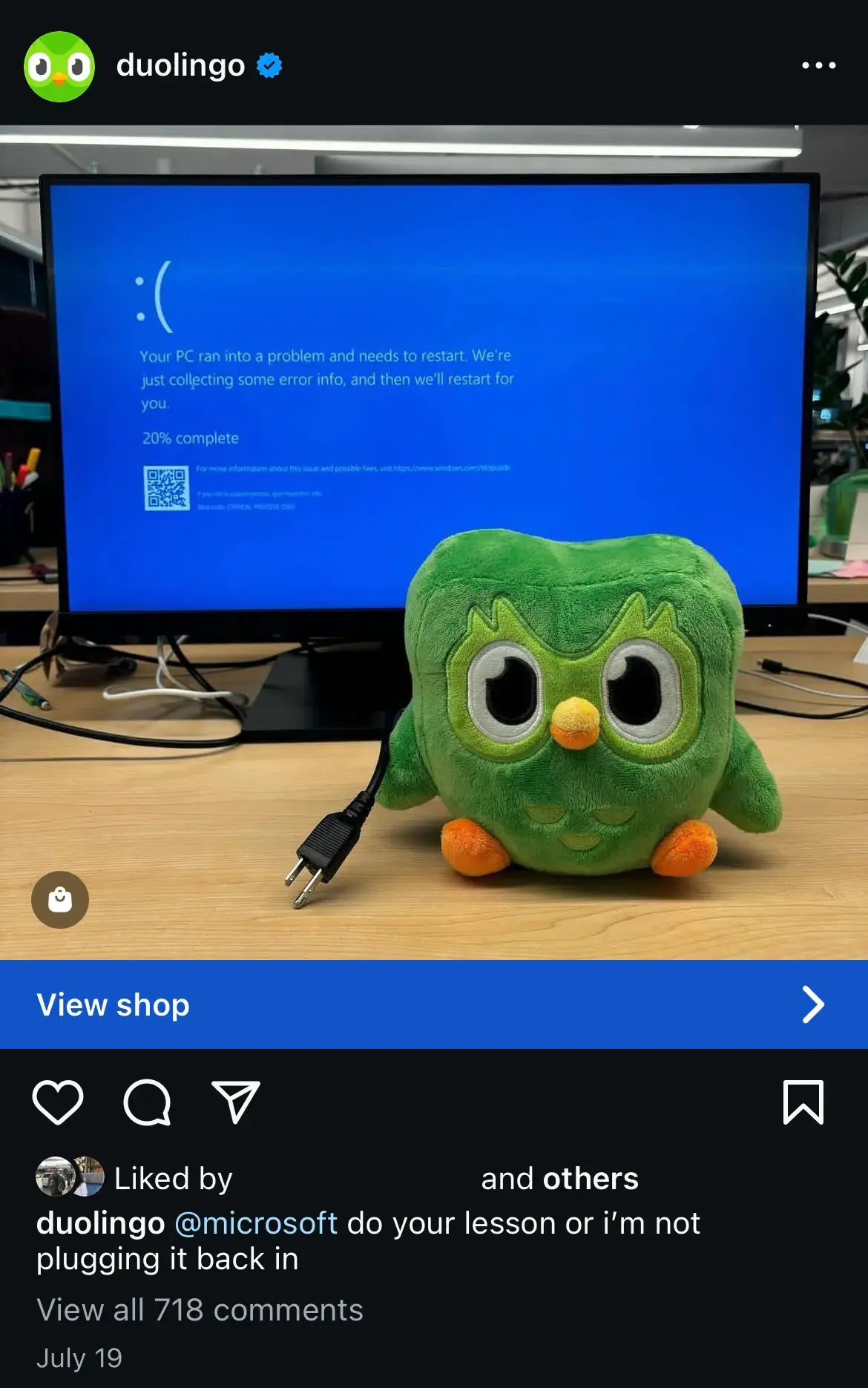
The brand voice is now very quirky, personable and young, sometimes leaning towards the “evil duo” voice that has made them extremely popular on social media.
Adopting this brand voice has supported Duolingo’s overall rebranding strategy, as the company now relies on the voice to guide its brand identity, marketing methods, goals and audience.
Not all rebrands are created equal, so let’s first consider whether a partial or full rebrand is the best option for your business.
Partial or complete rebranding
The more established your company and brand are, the more you lose by rebranding. As your company matures, a partial rebrand can help maintain the brand loyalty you’ve built while refreshing your image to keep up with the times.
Think of a partial rebrand as an adjustment that focuses on the visual brand identity to adapt to new offerings or markets, rather than a complete identity crisis.
That’s not to say a partial rebrand can’t be effective. Just look at Pringles.
In 2021, they redesigned their mascot, Mr. P with a simpler, more contemporary look. This partial rebrand helped them maintain their iconic brand identity while giving their mascot a bold, fresh look.

However, if the goal is a complete identity change incorporating your company’s mission, vision and values, a complete rebrand may be necessary.
This option is typically suitable for situations such as mergers, product overhauls, and other similarly fundamental changes.
If a partial rebrand is a quick fix, a full rebrand is a complete overhaul.
Check out the following five steps to successfully implement a rebrand.
How to rename a company
- Restore your brand’s audience and market.
- Redefine your company’s vision, mission and values.
- Rename your company as part of a rebrand.
- Rethink your brand’s slogan.
- Rebuild your brand identity.
- Track brand sentiment.
- Plan for a successful start.
1. Restore your brand’s audience and market.
Let’s go back to my fictional indoor cycling company, Psyched 2 Cyc. When I got into this business, I assumed my target audience would be in their 20s and early 30s, as this is the most common target audience for other cycling studios like SoulCycle.
However, after extensive market research, I realized that my target market was different than expected.
This is what important research has found 50% of respondents spend less than 10 minutes traveling to cycling class and 92% complete the journey in less than 30 minutes. This means that only 8% of participants are willing to drive more than 30 minutes to my studio.
This changed my entire philosophy as the neighborhood where my studio opened has a slightly older demographic (adults in their 30s-40s with families).
Now I can rebuild my brand’s audience and market and know that I will have the best luck attracting new members who live less than 30 (or ideally 10!) minutes from the studio.
professional TIP: Focus groups are a great way to discover (or rediscover) your target market. You will be surprised when you realize that your target audience is not who you thought they were.
2. Redefine your company’s vision, mission and values.
What do I do? How do I do that? Why am I doing this?
These are the three questions I will be asking myself as I reconsider my vision, mission and values for rebranding Psyched 2 Cyc. These messaging basics will likely change as my company grows.
New products, priorities, services or stakeholders can completely disrupt what once seemed self-evident.
Here’s how I analyze the following factors to estimate which parts of my brand need some TLC.
vision
Vision is the “What do I do?” of the puzzle. It is the North Star for every action my company takes and it is important to clearly understand my vision before moving forward.
When I started Psyched 2 Cyc, I originally just wanted to build a new cycling studio as it is a modality that I love. Now that I have established my brand in this way, I can make my vision more concrete or future-oriented.
I originally founded the studio for women, as women make up a large proportion of indoor cycling participants. Finally, 67% of US Peloton owners are women, and Women are the fastest growing population group in indoor cycling in 2024, with cycling activity increasing by 9%.
However, now that I have established my brand in the eyes of women, I want to rebrand it to be more inclusive of both men and women.
Just because a large percentage of indoor cycling enthusiasts are women doesn’t mean there isn’t a place for men here.
mission
The mission is “How do I do this?” component. This is my company’s roadmap for how we can achieve the vision of attracting more men to my brand.
I’ve been interested in adding a virtual component to my brand ever since 26% of Les Mills survey respondents Take virtual indoor cycling classes regularly. Additionally, data revealed that men are more likely to take virtual classes than women.
This could be a great way to attract men who may not be as inclined to take lessons in a live studio but would be interested in doing so at home.
My mission is to incorporate virtual courses to appeal to more men in a predominantly female field.
Values
Values are the “Why am I doing this?” element. That’s why I work on my vision and pursue my mission.
After adjusting my vision and mission, I should adjust my values accordingly to align with this new strategy. For example, I will add the following new values:
- Raise the bar. This is both a play on words (since the handlebars are a central part of every bike) and a commitment to continually compete with yesterday’s performance.
- Space for everyone. This also has a double meaning: as I embark on a journey to create a more inclusive space for all people in a predominantly young, female environment, this value will be essential. But it also suggests that Psyched 2 Cyc will create a literal “space” for everyone; Whether in our studio or in your room at home by taking a virtual class.
Understandably, some of my core values may no longer be sustainable. It is more effective to prioritize new values than to hold on to old ones, which could limit change.
Brand voice
Having changed my vision, mission and values as part of the rebrand, the way I communicate these aspects of my company must also change. What I say changes, so the way I say it must change too.
For example, I used a tone that is young, modern and feminine. As I move on to targeting a slightly older audience and men, I want to adapt my language to be more attractive to these audiences.
3. Rename your company as part of a rebrand.
Changing names is a big undertaking and can cost you brand awareness and organic search traffic in one fell swoop. I would only rename Psyched 2 Cyc if it was urgently needed and I had a recovery plan as part of my post-rebranding strategy.
As mentioned, I chose the name to appeal to a younger audience, which is why I used “2” instead of “to” and the shortened term “Cyc.”
Maybe if I want to rebrand to appeal to my slightly older demographic, I’ll reconsider changing the name to make it more popular with local residents.
Ideally, the best practice is to keep the same name to maintain brand recognition. However, if I want to better adapt to my new company identity, I can go back to the drawing board.
Pro tip: It can be difficult to start the brainstorming session. Some starting ideas for the renaming process are:
- Create a new word
- Use an old word in a new way
- Say what I do (literally)
- Change the spelling of a word
- Add a prefix or suffix
- Search for other languages
- Bring two words together
- Create an acronym
- Use a location
4. Rethink your brand’s slogan.
A good slogan is memorable and expresses my company’s mission and vision. Unlike changing names, changing slogans is a bit easier for my marketing efforts so that I don’t lose sight of my existing customers who are associated with the Psyched 2 Cyc brand.
But that doesn’t mean I won’t think twice and make sure I’m changing the slogan for the right reasons.
Repetition creates recognition, and I don’t want to change too many aspects of my brand that people love and remember.
An idea for a new slogan for Psyched 2 Cyc that might better reflect my new mission and vision would be “Spin, Your Way.”
This reinforces the purpose (an indoor cycling studio) and highlights that we are trying to be more inclusive and that there is space for everyone, regardless of age, ability or class style preference.
professional TIP: Finding slogans can be just as difficult as brand names. Some ways to discover new slogan ideas include:
- Make a claim
- Get metaphorical
- Use poetic language
- Give instructions
- Use labels
- Compliments to the customers
5. Rebuild your brand identity.
The tangible elements I use to communicate the Psyched 2 Cyc brand have been in use for several years, which has given me enough time to reconsider their strengths and weaknesses before deciding to replace some of them.
Refreshing some of the visual components of my brand could be a great way to rebrand without changing something as drastic as the company name or slogan.
I may think about redesigning my logo, using new colors in my branding materials, or even creating new brand guidelines.
logo
When I chose my initial logo, I had a low budget and couldn’t invest money in hiring an outside agency to design some options. Instead, I had the help of an artist friend who designed my idea for me.
Unfortunately, I don’t think my logo has any real impact on customers. It’s very generic and doesn’t reflect what’s unique about Psyched 2 Cyc. So this time I’m going to go back to the basics of what makes a good logo to help me get it right.
- Just stay. Packing as much symbolism as possible into a logo generally doesn’t work well and can become too complex or confusing for customers to understand. Now that my brand is more established, I can show confidence with a simple, clean logo.
- Make an impression. Although it’s important to be simple, I still want my logo to be memorable. There are many indoor cycling brands and I want my logo to be bold enough to stand out from the competition.
- Be adaptable. I initially didn’t consider the limitations of my original logo. Now that I know all the places my logo can be found – digitally on my website, in my app and on social media; in print on products such as fitness clothing, water bottles and our cycling shoes; and in a huge neon sign in the studio – I can keep an eye on these channels as I redesign them.
- Strive for appropriateness. I designed the logo for a younger, female audience, and now that I’m expanding my target market, I may want a logo that better appeals to that audience.
- Take a long-term view. This rebrand will probably cost me a lot of money, so I don’t want to do another one anytime soon. Therefore, I will rethink my vision, mission, values and intention to ensure that my new logo can support them in the long term.
- Maintain through lines. The logo, while not as much as the name, is still one of the most memorable parts of my brand. I want to avoid losing brand recognition by keeping the parts of my old logo that worked.
Check out the Nickelodeon logo change starting in 2023 below. We kept the same iconic orange color and font, but added back the “dip” that would be memorable to parents.
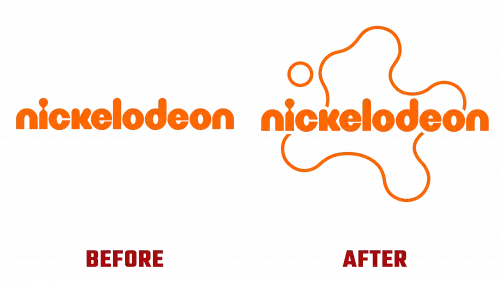
Color palette
I know color has a big impact on branding – some colors have become synonymous with the brands that use them, like McDonald’s yellow. However, choosing the right color can be tricky, so I might consider changing the color to reflect the Psyched 2 Cyc rebranding.
For example, our brand logo is currently red, which I chose because red is a vibrant, powerful color that reflects fitness well. However, I now see that many competitors also have red logos, such as CycleBar, and want to choose a new color that can stand out.
According to color psychology, green can symbolize growth, freshness and health, which goes well with fitness. He also has an adventurous, competitive personality that fits cycling quite well.
Therefore, I might consider changing my logo to dark green, especially since I don’t know many fitness brands with a green logo.
Before making any drastic changes, I check how the color appears on screen and in print to ensure consistency and to make sure I like the look.
typography
I chose a bold, regal font for my original logo to make it stand out and stand out from the competition. However, I now realize that it doesn’t represent my brand well – too much sophistication can make the brand seem elitist and inaccessible to the average person, which is not what Psyched 2 Cyc is about.
When reevaluating fonts, I ensure that the font aligns with my target market and the messages revealed by the rebranding. A more traditional serif or sans-serif font may be more appropriate if you’re trying to appeal to a slightly older demographic.
I also ensure that the font is easily accessible for web design and offers different weights and styles for different channels.
Take, for example, the 2023 Minute Maid logo rebrand, which introduced a softer, bolder, and more inviting new font.
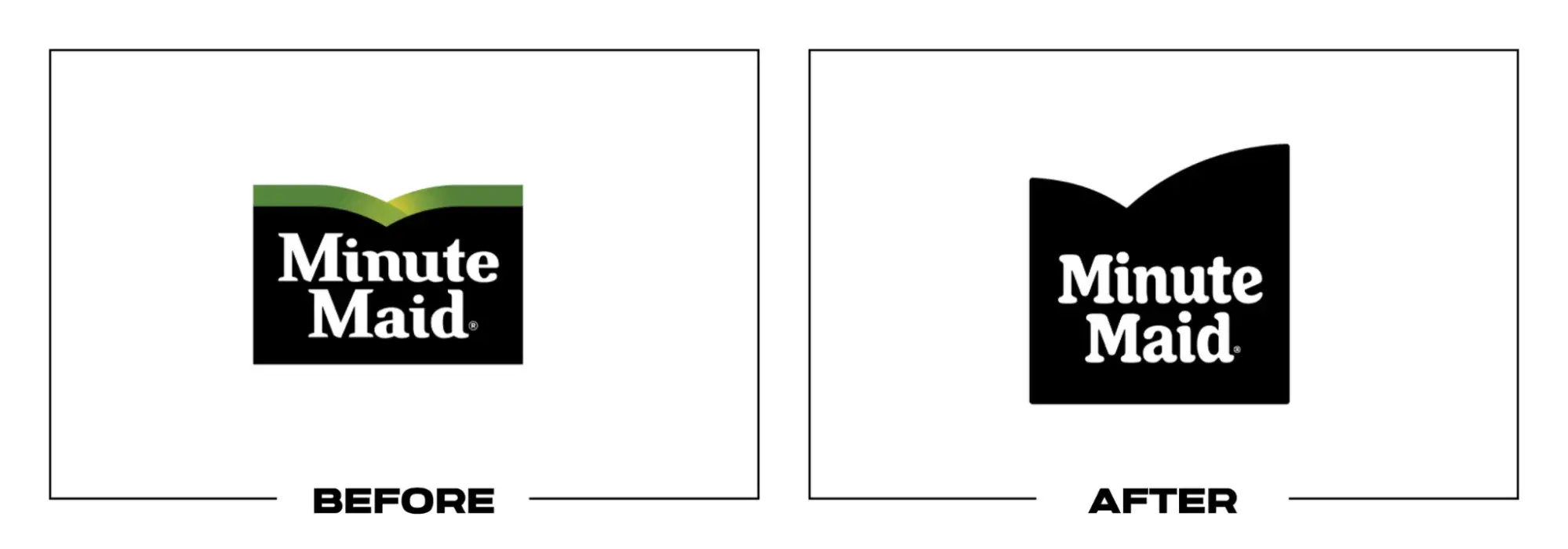
Forms and images reinterpreted
Like the logo, color palette and typography, my images and shapes play an important role in Psyched 2 Cyc’s brand identity. When changing these other visual elements, it makes sense to rethink my images and shapes to keep everything cohesive during the rebrand.
Since I want my studio to be more accessible to new audiences such as older people and men, I might consider softer lines and rounder shapes that offer a more inviting appearance to new clients.
Of course, it’s not enough to coordinate everything visually. These visual elements must also support the core messages of my brand.
Brand Guidelines
After putting in the effort to create a new brand identity for my company, I want to put all of these elements to good use.
Brand guidelines will help me in the rebranding process to ensure consistency in this new phase for Psyched 2 Cyc.
Brand guidelines will be particularly important when presenting my new logo. These guidelines are intended to make it as easy as possible for customers to see, recognize and remember my logo, and to make up for lost familiarity with the original logo.
When writing my logo guidelines, I will consider the following:
- Logo elements. What visual elements does my logo consist of? When and how are each used?
- Color variations. What does the colored version of my logo look like? What about black and white? When are each of these used?
- Free space. This is also called padding and is the space around my logo that prevents it from overlapping or being obscured. I will always aim for a width of at least 10%.
- Prohibited Uses. What can you never do with my logo? What color variations, rotations, scaling, etc. do I want to avoid?
It’s important that I share these guidelines with my team so everyone has the information they need to manage the rebrand with ease.
It will be important that my team members and external agencies we hire help us redesign the website and app, build our rebranding campaign, and create new marketing materials.
6. Track brand sentiment on the go.
Although one reason for my rebranding is to attract new customers, my current customers are loyal and trustworthy. Therefore, I will receive feedback from them on the rebranding elements I am considering.
I plan to conduct focus groups to see if the new brand images and messaging communicate my new mission, values and vision. If I don’t get positive feedback, I may have to go back to the drawing board.
I know that one of the most important steps in rebranding is tracking brand sentiment before, during, and after launching a rebrand. That’s why I’m going to look at brand sentiment before rebranding to see what current or potential customers like and don’t like about Psyched 2 Cyc’s branding.
Is it clear what our brand offers? Is the branding consistent? How does it compare to similar indoor cycling studios? What was it about our branding that attracted them or made them think about joining our studio?
With these answers in mind, I can strategically rebrand and add new messaging that resonates with my audience. A plus point is that it also makes my current customers feel valued because their thoughts are being taken into account.
7. Plan for a successful launch.
Rebranding will only be successful and meaningful if people actually know it’s happening. Therefore, I know that I cannot easily change the colors, fonts and logo on our Psyched 2 Cyc website, app and social media. I need to communicate what the rebrand means and let people know we’ve grown intentionally.
First, I plan to run a marketing campaign using digital display banners, print ads, and a short promotion that can run on television and social media.
I will also organize a press release to announce the launch of our rebranding, which will be published on our website and social channels. This allows me to explain exactly why Psyched 2 Cyc needed a rebrand and what that means for our future.
This will be the perfect opportunity for us to reboot and remain consistent and on-brand with all future marketing efforts.
We’ve lost our way in recent years as member retention priorities have changed, but I believe a solid rebrand will help redefine our branding.
Now that we’ve explored various aspects of rebranding my fictional brand Psyched 2 Cyc, let’s take a look at some real-world examples for further inspiration.
Examples of rebranding
- 7UP
- LG
- Jell-O
1. 7UP
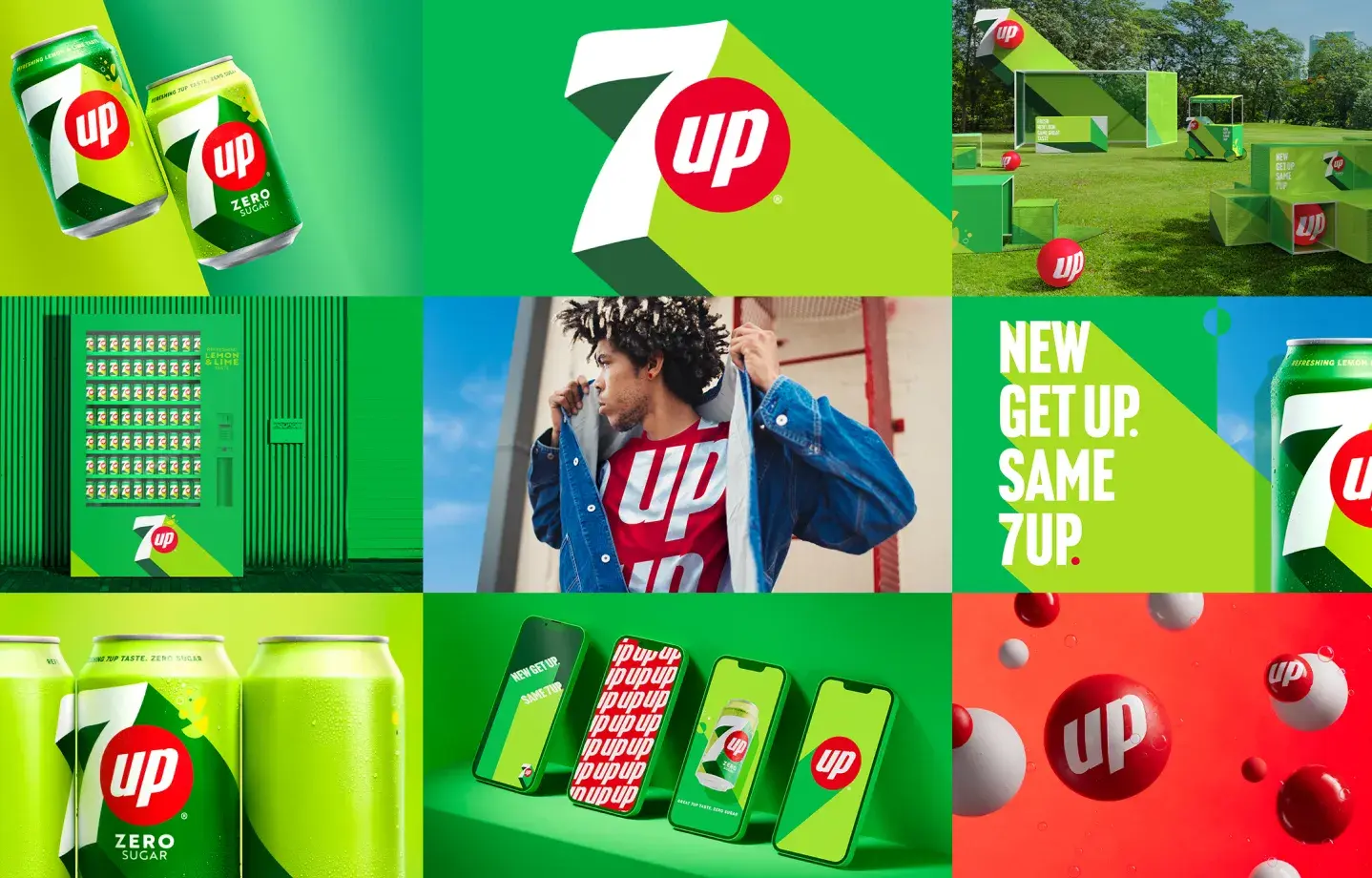
7UP’s new identity was inspired by soda itself. The company wanted to create a new visual identity that captured the sparkling essence of lemonade while adapting to changing times.
They handled this first a new “UPliftment” positioningbased on his story of enjoying joyful moments with loved ones. This new strategy promises to “provide light relief from the mundanities of daily life.”
To get into this “UP” movement, the brand has tilted its new logo upwards to concentrate on the upward movement. 7UP also wanted to appeal to its global audience, which is why the packaging logo was to be translated into different languages for global unification.
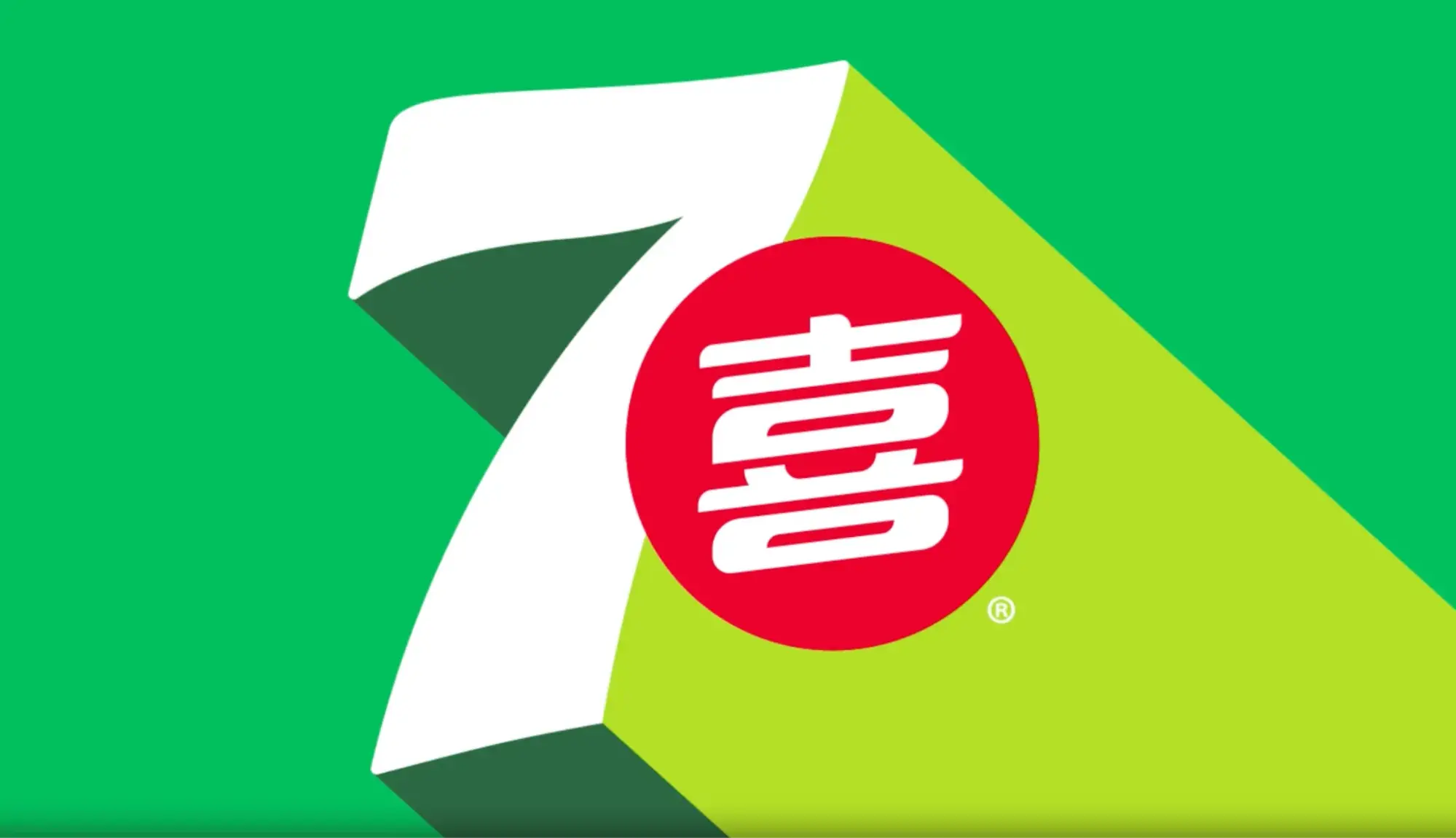
These changes and the new citrus colors in the palette have helped 7UP create a bolder, brighter, more confident and “bubbly” personality while remaining true to its green color. This rebrand was widely praised for its sleek, minimalist and modern execution.
2. LG
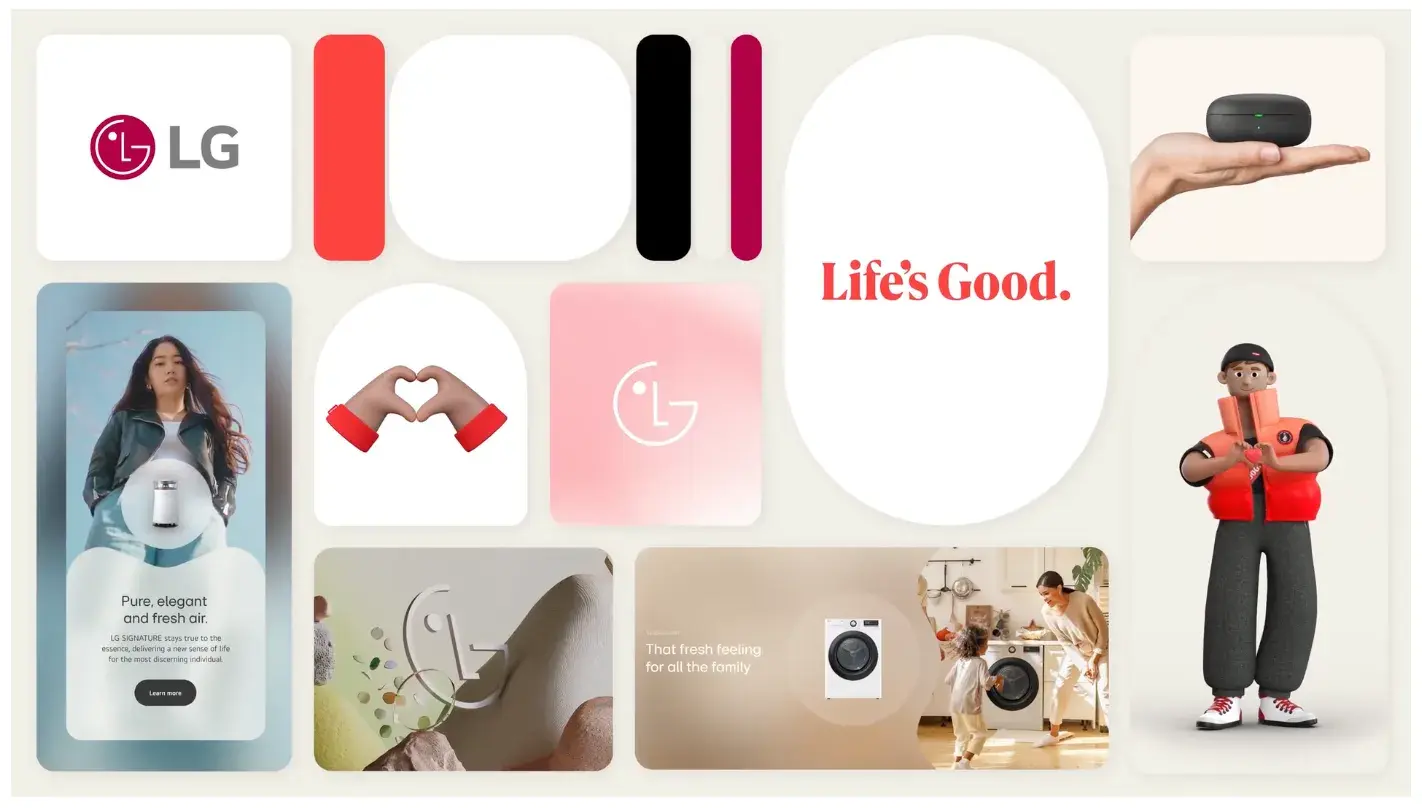
LG initially hinted at it in its upcoming rebranding in April 2023 with the launch of its new and improved logo – retaining the same symbol but switching it from 3D to 2D. The new logo is also animated and expressive and can perform eight movements (including nods and winks).
Beyond the logo change, LG introduced a younger and more playful look in August 2023 with new brand characters Joy and Ryder, showcasing LG’s fun side while embracing the company’s heritage and Korean culture.
To add even more energy to their rebranding, LG has also incorporated a brighter, bolder shade of red into its color palette.
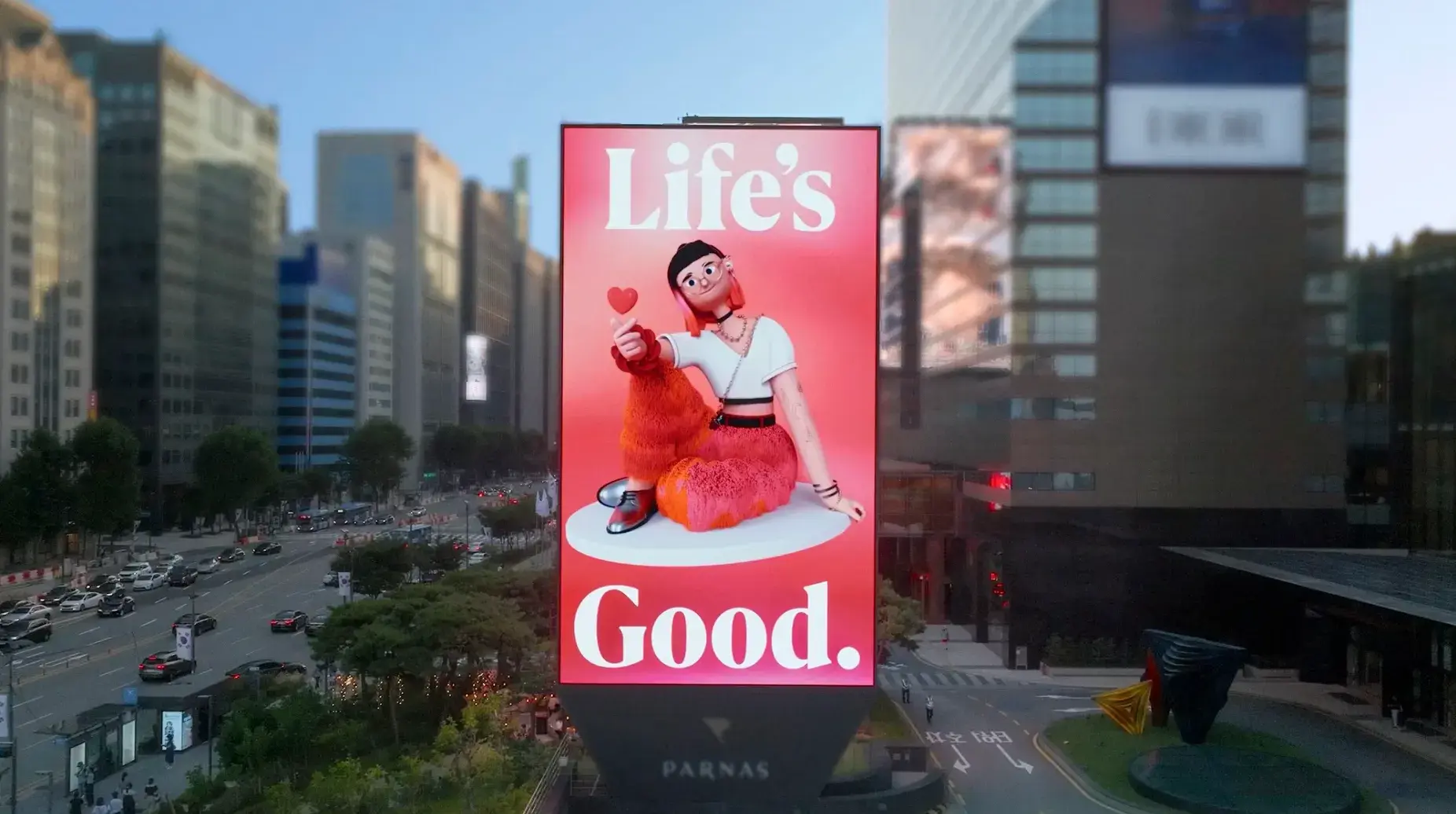
They even incorporated new values such as “Warmth to Power a Smile” and made their “Life’s Good” slogan more popular in marketing. These changes were part of an effort to attract millennial and Generation Z audiences and redefine the brand as innovative, modern and people-centric.
3. Reddit

The biggest change in Reddit’s rebranding in 2023 was bring their iconic mascot Snoo to life with a new dynamic 3D look. Snoo is less robotic and more of a playful creature who can perform eight movements, such as spinning.
The brand repositioned Reddit as “the heart of the internet” to highlight its role in society as a space for communication and discourse. This repositioning is also evident in the frame around Snoo and the “d” in the Reddit logo, which are now speech bubbles to emphasize the same point.
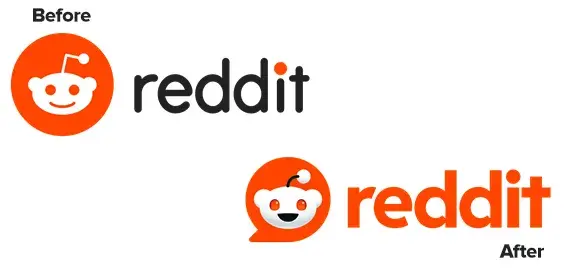
Reddit is new There are also four pillars to the brand identity: “naturally diverse,” “positively different,” “delightfully absurd,” and “genuinely open,” which helps tie all of these changes and refreshments together.
The rebranding was done to modernize Reddit’s look and feel with changes like 3D design elements, a simplified color palette, and new fonts, while re-emphasizing what people already know and love Reddit for – a hub for community and conversation.
4. Jell-O
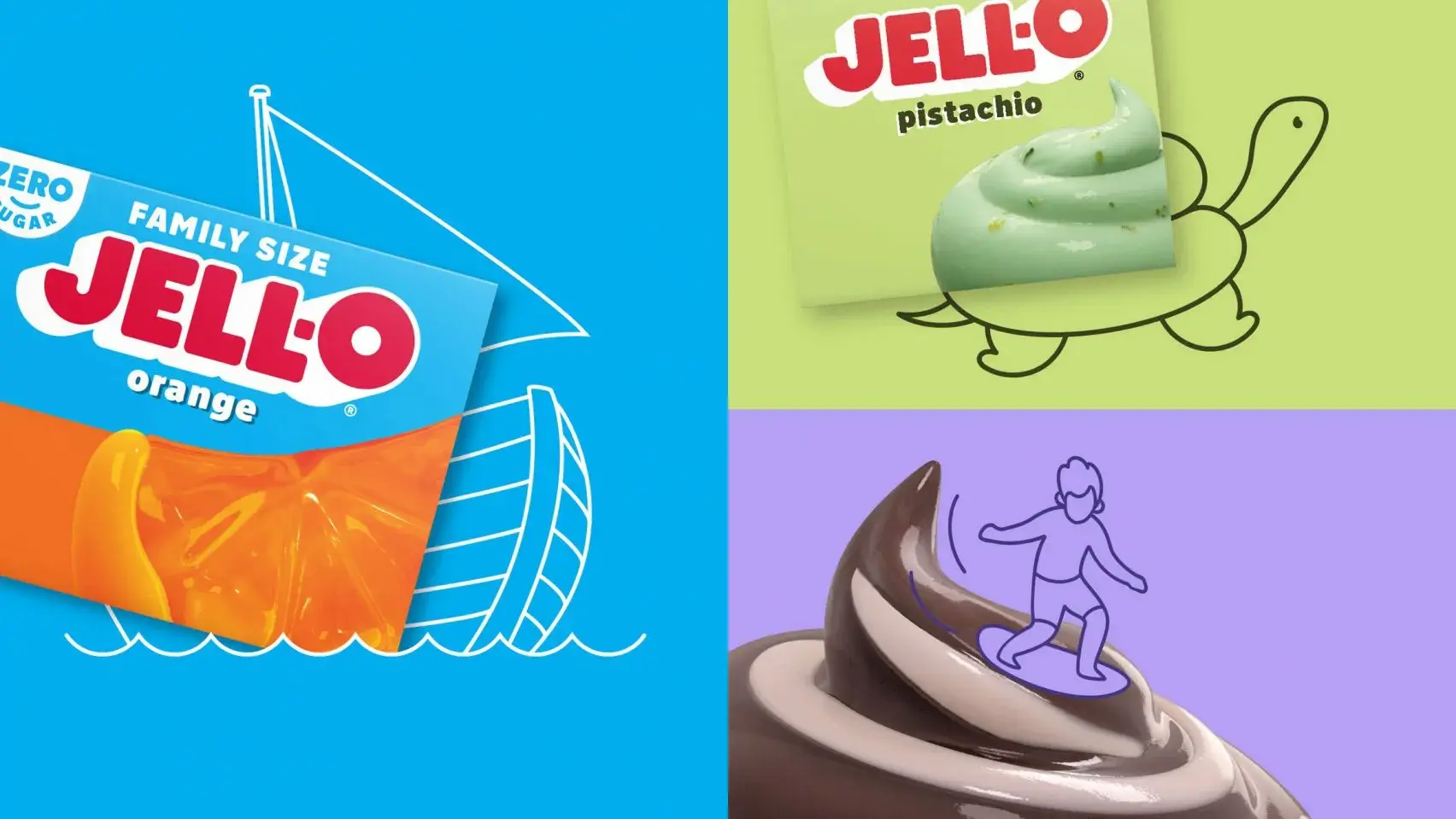
Jell-O’s 2023 rebrand included a change to the logo and packaging for all products. The aim was to attract younger parents and children with playful, simple, colorful images and bring back some of the “wonky fun and…wonder” that has always been associated with the brand.
This new positioning was reflected in the new designs, incorporating a modern aesthetic while highlighting the many fun flavors Jell-O has to offer. The logo has been moved to a blockier sans serif font against a white background for a 3D effect, with the “O” resting slightly above it.
The packaging now also features cartoon images of pudding swirls and fruit jelly instead of the more realistic images previously shown. This helps the brand appeal to younger parents with fruit images that suggest healthier options while making the packaging more eccentric and light-hearted.
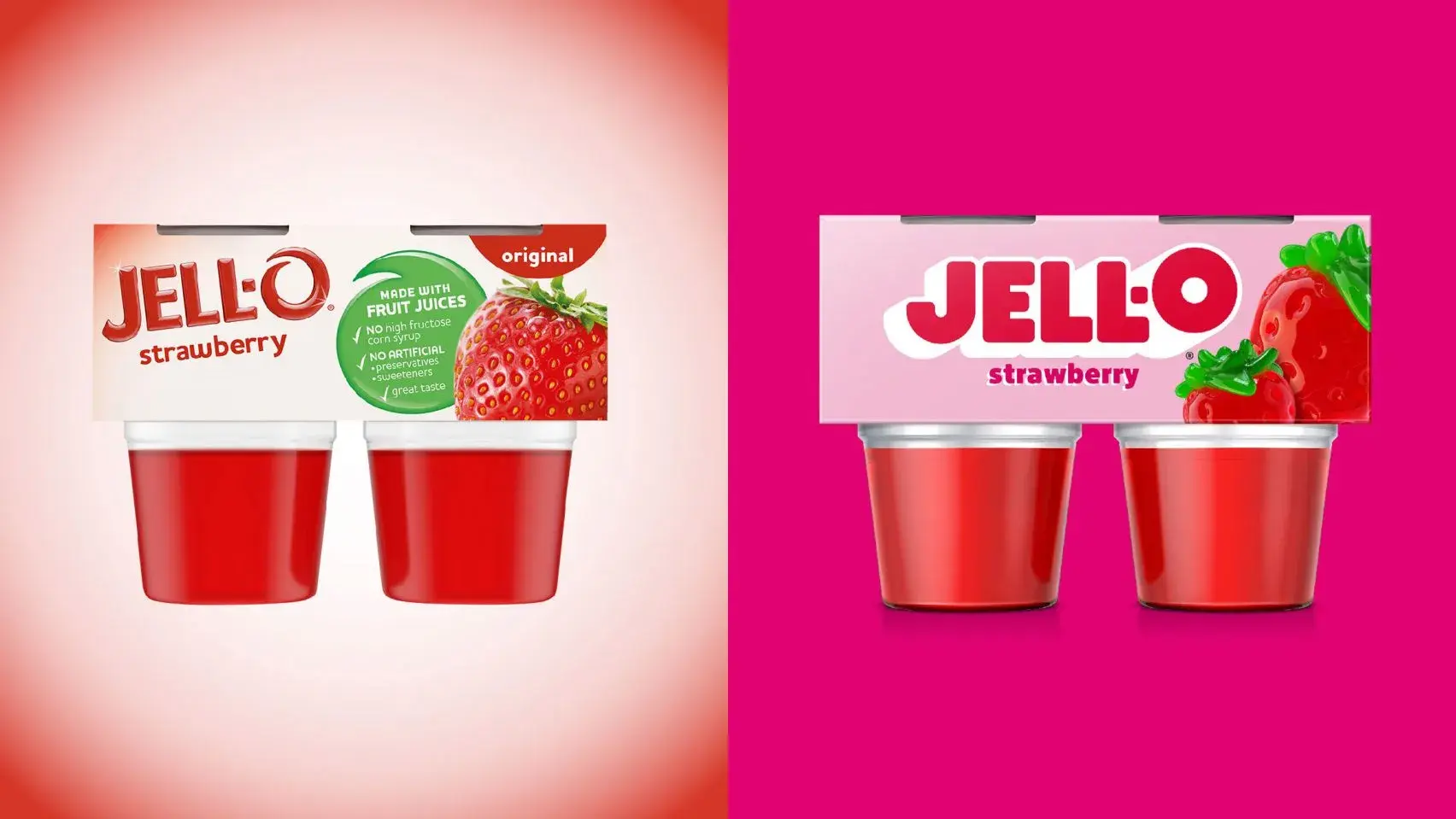
This rebranding was well received as consumers saw it as an opportunity to significantly modernize the branding while retaining some of its classic, popular features.
5. WhatsApp
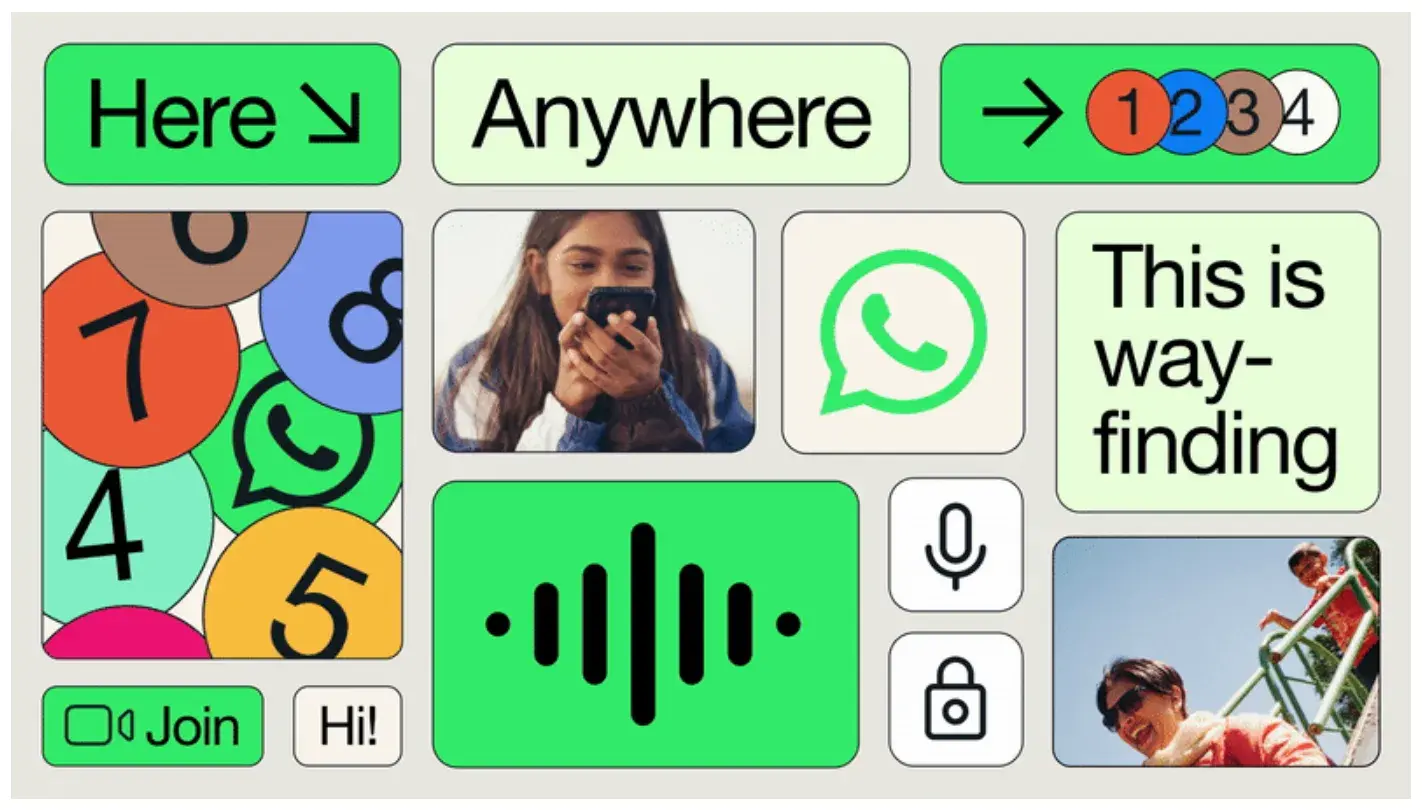
As part of the parent company Meta, which faced significant backlash for its rebranding in 2021WhatsApp has remained relatively scandal-free. So it seems that the 2023 rebrand was aimed at differentiating WhatsApp from the other meta brands.
The goal was to transform the brand from a social media tool to a “safe, intimate product that offers something for everyone … the ability to connect and create change.” The team has been working on it further the term “Forward. Together” based on WhatsApp being a trusted platform for secure and reliable global connections.
The color palette is tailored to different product touchpoints and new graphics modules enable flexible storytelling. They also capture the spirit of WhatsApp by visually showing what back-and-forth communication looks like.
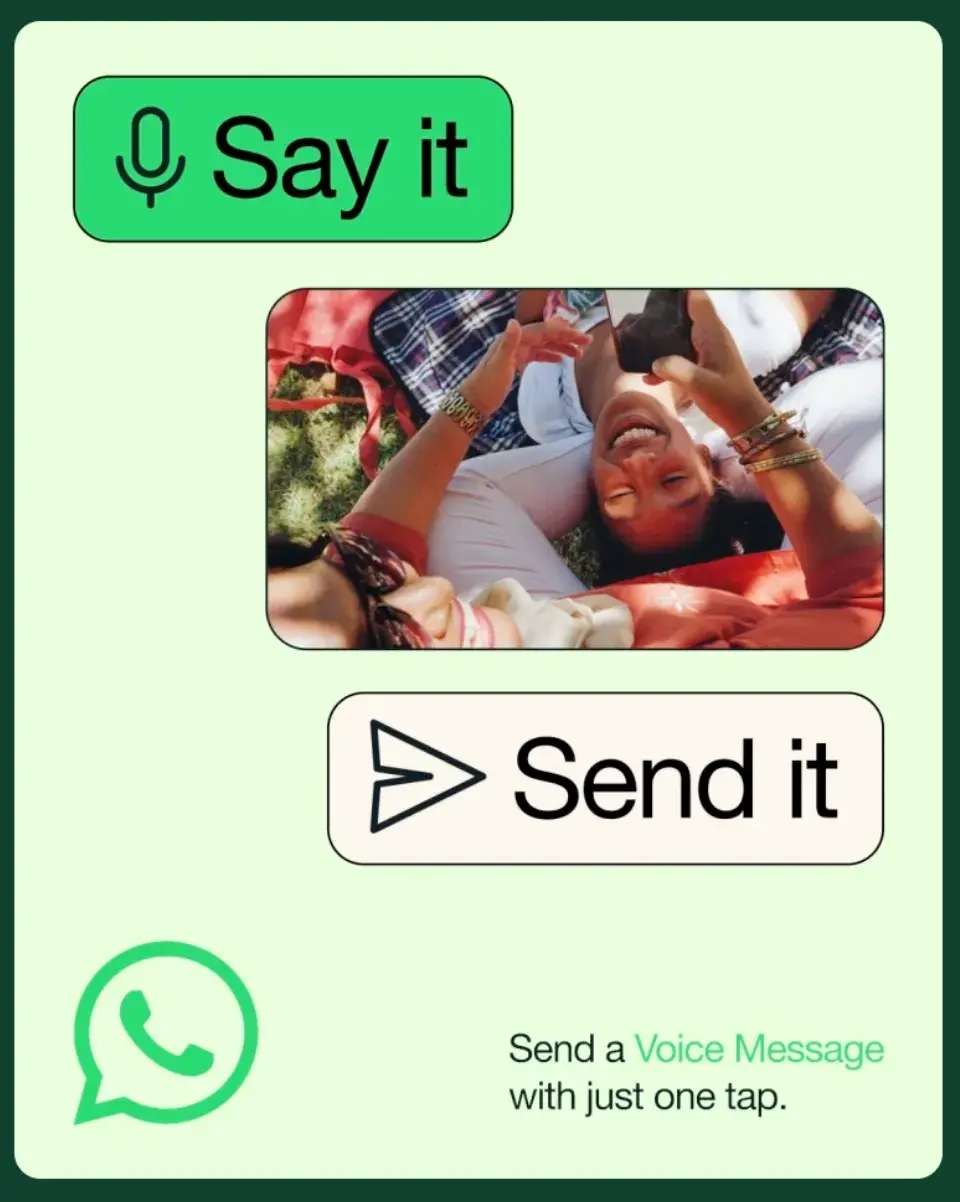
Since WhatsApp has almost three billion active users worldwideThe renaming created a unified look that would resonate with people everywhere, regardless of age, region, literacy level or bandwidth.
It successfully established itself as a communication tool while at the same time highlighting brand awareness with an unchanged logo and a commitment to the brand’s iconic green color.
Examples of bad rebranding
1. Comcast

Comcast is known to have this The most hated customer service in the United States. Therefore, the company changed its name and renamed its logo to Xfinity. However, the company has not changed its history of poor practices.
Although the company could have worked on improving customer support, it spent money on cosmetic improvements, which didn’t help it regain the trust of its customers. Superficial updates like a name and logo change may not help a business unless followed by changes in brand identity and reputation.
Additionally, the name change itself is confusing and, frankly, a waste of money and time. Many customers were confused about whether Comcast and Xfinity were the same thing or whether one owned the other. This is exactly the fear that arises from an abrupt change in brand name – it causes confusion or ridicule among the audience, which can result in the loss of current and potential customers.
2. Gap
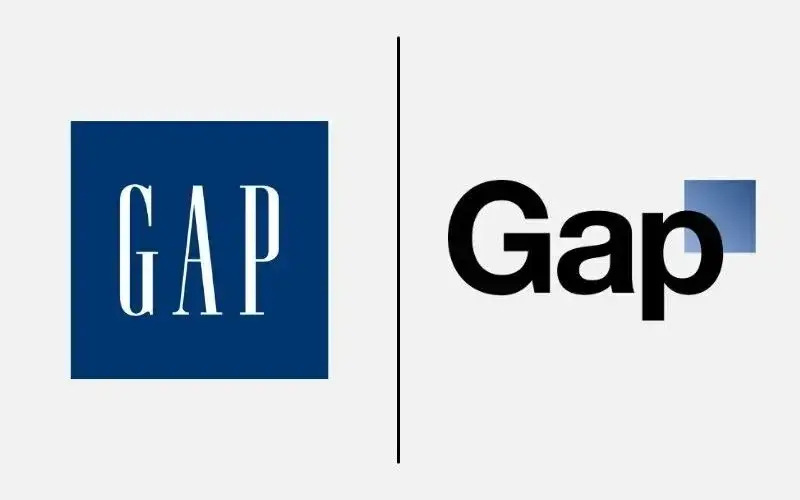
Remember the above list of reasons for and against rebranding? Gap made the mistake of renaming the company for seemingly no reason. The company changed its logo, causing outrage among its customers. Just six days later, the company reverted to its original logo.
The new logo didn’t communicate anything new about the brand and took away the personality of Gap’s logo. Additionally, customers had an emotional attachment to the logo and changing the logo for no reason caused anger among customers.
Instead of coming clean immediately, Gap tried to justify the new logo as a conscious move to collect new ideas for a logo. Since this was met with even more criticism, the brand quickly reintroduced its original logo and finally admitted its mistake.
Overall, the urge to quickly modernize a logo was seen as a panic strategy rather than one based on a genuine desire to change a brand’s positioning or perception. If there is nothing to support such a big (and expensive) move, it is very likely to receive negative backlash.
3. Weight Watchers
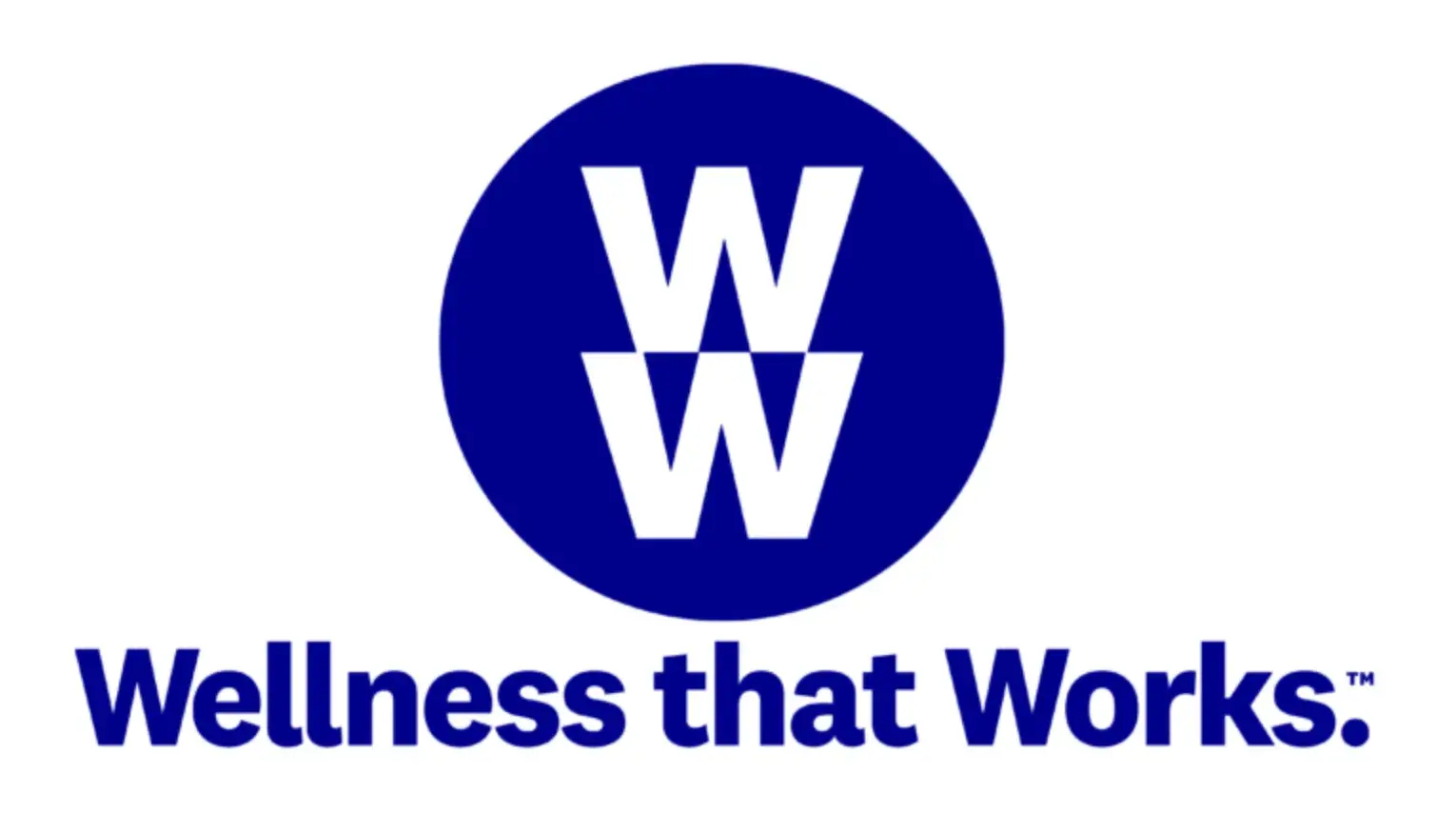
Weight Watchers has changed its name and logo to shift its focus from weight loss and diet to wellness. However, the new name WW confused consumers. People didn’t know what it stood for and it destroyed brand recognition.
The rebranding was also handled quite abruptly. There was not enough lead time to prepare consumers for the name and strategy change. Additionally, the slogan “Wellness that Works” did not inform consumers about what would change about the brand.
Although the motivation for the renaming was positive, the implementation left people wanting more. Weight Watchers should have explained better why the company was making this change and how it would deal with this change – preferably with new product or service offerings.
Are you ready for a rebrand?
From the examples above, it is clear that the most successful rebrands were those that had the customer at the center in some way.
Whether LG tapped into the interests of younger consumers or Jell-O returned to its gaming roots, these brands made the necessary changes to strengthen their presence in either the same market or a new one.
If your company is ready to tackle a rebrand, it’s important to remember that clear intentions and brand consistency are crucial. This post taught me that you need legitimate reasons to go through with a rebrand.
But you also need to be able to handle the time and budget required to make all the changes and launch a marketing campaign to get the rebrand in front of your audience.
When you’re ready to make these changes, make them impact.
Editor’s Note: This post was originally published in August 2014 and has been updated for completeness.


